Akhara Drama Review: The Akhara drama, a vibrant and complex performance tradition deeply rooted in Indian culture, has captivated audiences for centuries. This review delves into the essence of Akhara drama, exploring its historical significance, thematic richness, stylistic elements, and contemporary relevance.

Historical Background
The origins of Akhara drama can be traced back to ancient India, where martial arts and spiritual practices were intertwined. The word “Akhara” itself refers to a training ground for wrestlers and athletes. Over time, these training grounds became centers for cultural exchange, where physical feats were accompanied by storytelling, music, and dance. Early Akhara performances likely revolved around myths, legends, and heroic tales, serving as a form of entertainment and moral education.
Thematic Concerns
Akhara dramas address a wide range of themes that resonate deeply with Indian society. Here are some of the most prominent:
- Mythology and Religion: Many Akhara plays draw inspiration from Hindu epics like the Ramayana and Mahabharata, as well as from the lives and teachings of deities. These performances serve to keep these traditions alive and foster devotion among the audience.
- Social Commentary: Akhara dramas can be scathing critiques of social injustices, satirizing corrupt officials, rigid caste structures, and other societal ills. This tradition of social commentary allows the audience to reflect on contemporary issues and challenges.
- Love and Devotion: Romantic love and expressions of devotion are prominent themes in Akhara dramas. These stories explore the complexities of human relationships, sacrifice, and loyalty.
- Martial Arts and Physical Prowess: The legacy of the Akhara as a training ground is evident in the emphasis placed on physical feats and demonstrations of martial arts skills. These displays of physical prowess add an element of excitement and spectacle to the performances.
Stylistic Elements
Akhara drama is a multi-layered art form that combines various elements to create a captivating experience.
- Music and Dance: Music plays a vital role in Akhara drama, setting the mood, punctuating dialogue, and providing a rhythmic backdrop for movement. Drums, cymbals, and traditional instruments like the shehnai are commonly used. Additionally, dance sequences are often integrated into the performances, adding a visual dimension to the storytelling.
- Costumes and Makeup: Actors in Akhara dramas often wear elaborate costumes and makeup that reflect the characters they portray. These visual cues help the audience distinguish between different roles and immerse themselves in the narrative.
- Dialogue and Delivery: Dialogue in Akhara dramas can be poetic, humorous, or filled with dramatic tension. The delivery of lines is often stylized and incorporates vocal variations to convey emotions and character traits.
- Audience Participation: Akhara dramas traditionally encourage audience participation. The audience may respond to the performance with cheers, claps, or even join in on songs or chants. This interactive element fosters a sense of community and shared experience.
Contemporary Relevance
Despite its long history, Akhara drama remains relevant in contemporary India. Here’s how:
- Social Issues: Akhara dramas continue to address contemporary social issues, sparking conversations about gender equality, environmental concerns, and political corruption.
- Cultural Preservation: These performances serve as a vital link to India’s rich cultural heritage, keeping traditional stories, myths, and performance styles alive for future generations.
- Evolving Forms: Akhara drama is not a static art form. Contemporary practitioners are incorporating new elements like social media engagement and contemporary music to keep the tradition relevant for modern audiences.
Challenges and the Future
While Akhara drama enjoys continued popularity, it also faces some challenges:
- Urbanization: The decline of traditional performance spaces and the fast pace of urban life pose a threat to the continuity of the art form.
- Government Support: Akhara artists often lack sufficient financial backing, making it difficult to sustain themselves and train new generations of performers.
- Competition from Modern Entertainment: Akhara drama needs to compete with the dominance of cinema and television for audience attention.
Conclusion
The Akhara drama is a vibrant tapestry woven from storytelling, music, dance, and physical prowess. Its historical significance, rich thematic tapestry, and unique stylistic elements make it an integral part of Indian culture. By addressing contemporary issues, evolving with the times, and receiving adequate support, Akhara drama can continue to captivate audiences for generations to come.
Further Exploration
This review provides a brief overview of Akhara drama. If you’d like to delve deeper, here are some suggestions:
- Seek out live performances of Akhara dramas in your area or online recordings.
- Research specific regional variations of Akhara drama, such as those from Punjab,
Share this content:
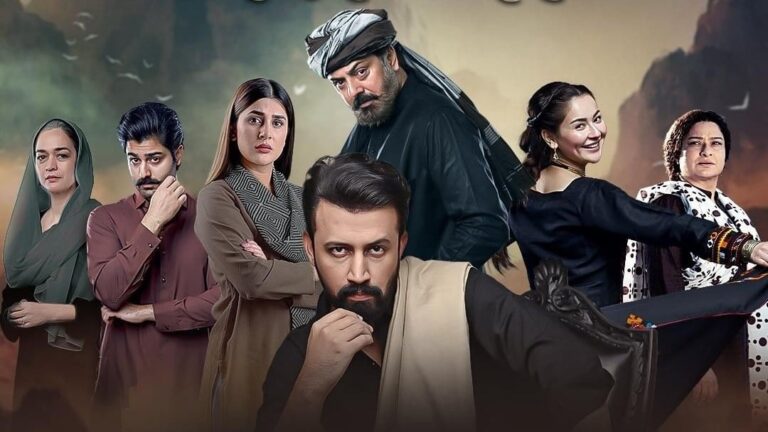
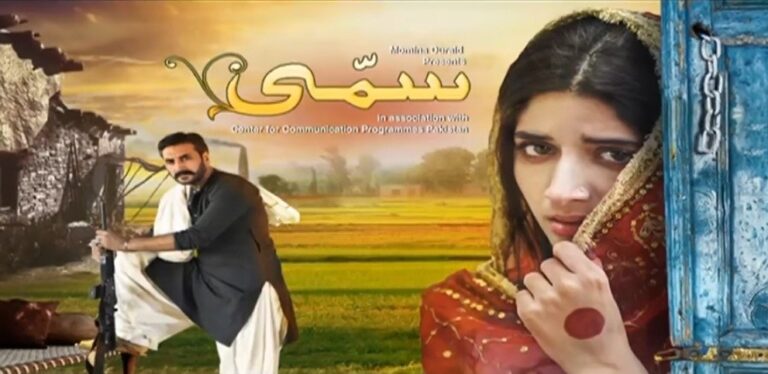
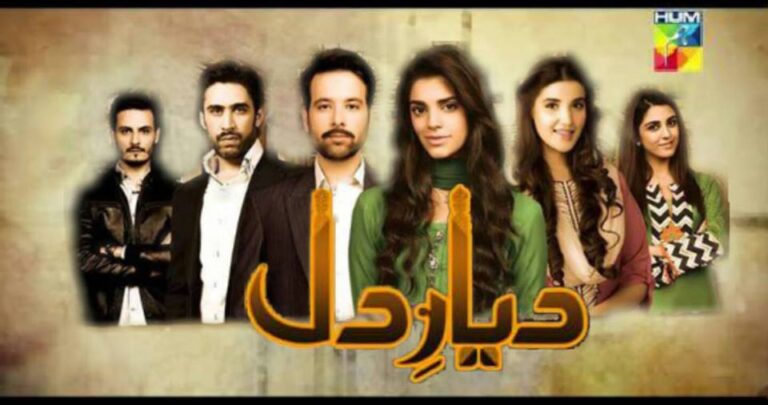

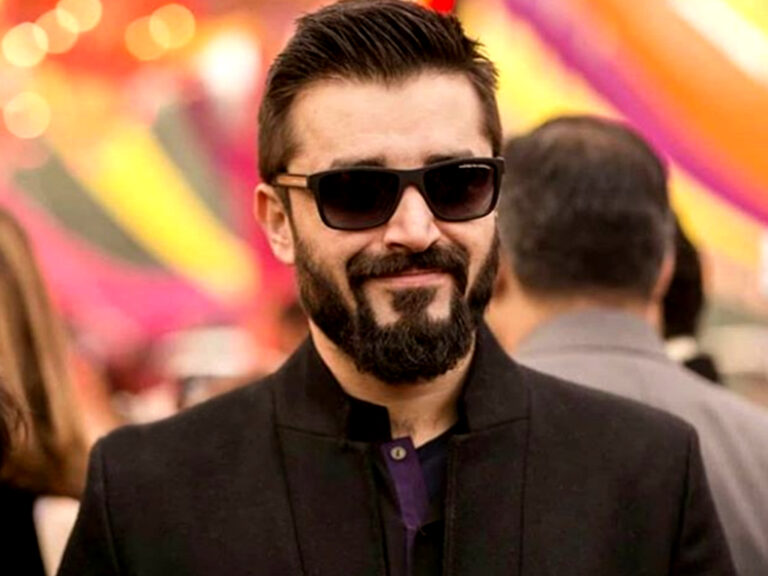





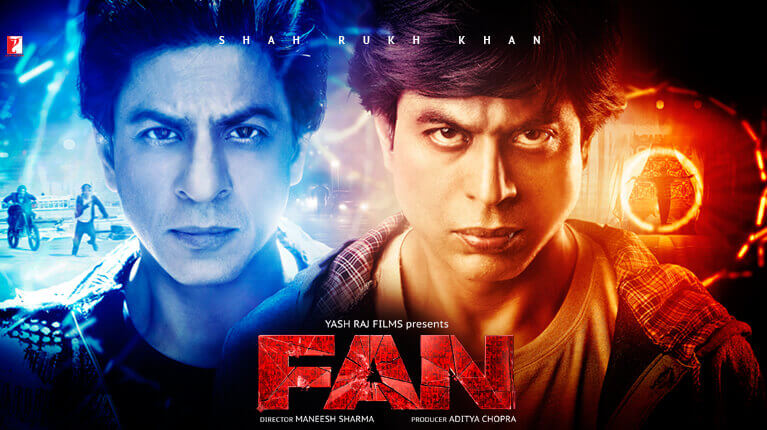
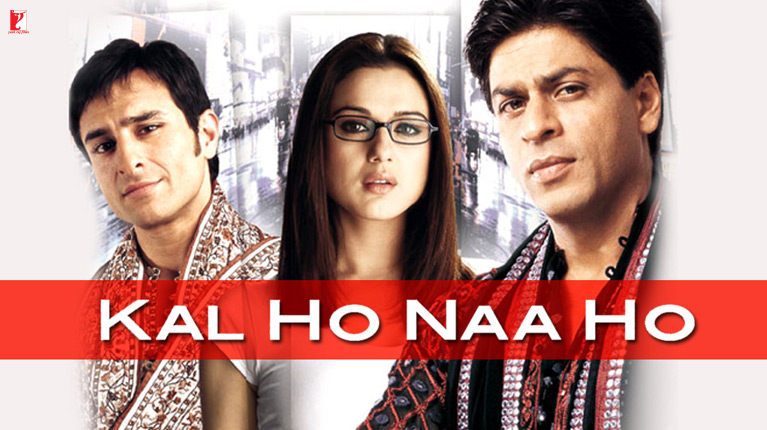
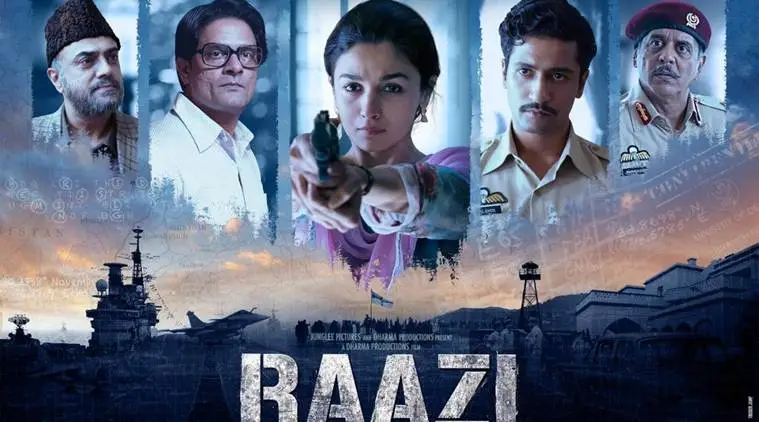
+ There are no comments
Add yours